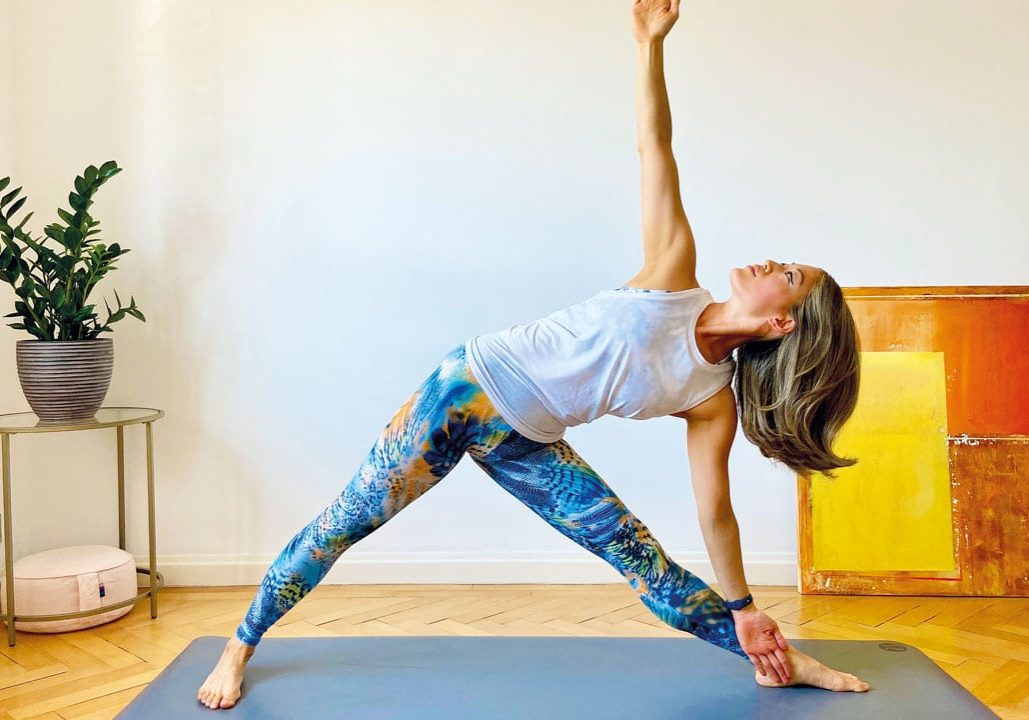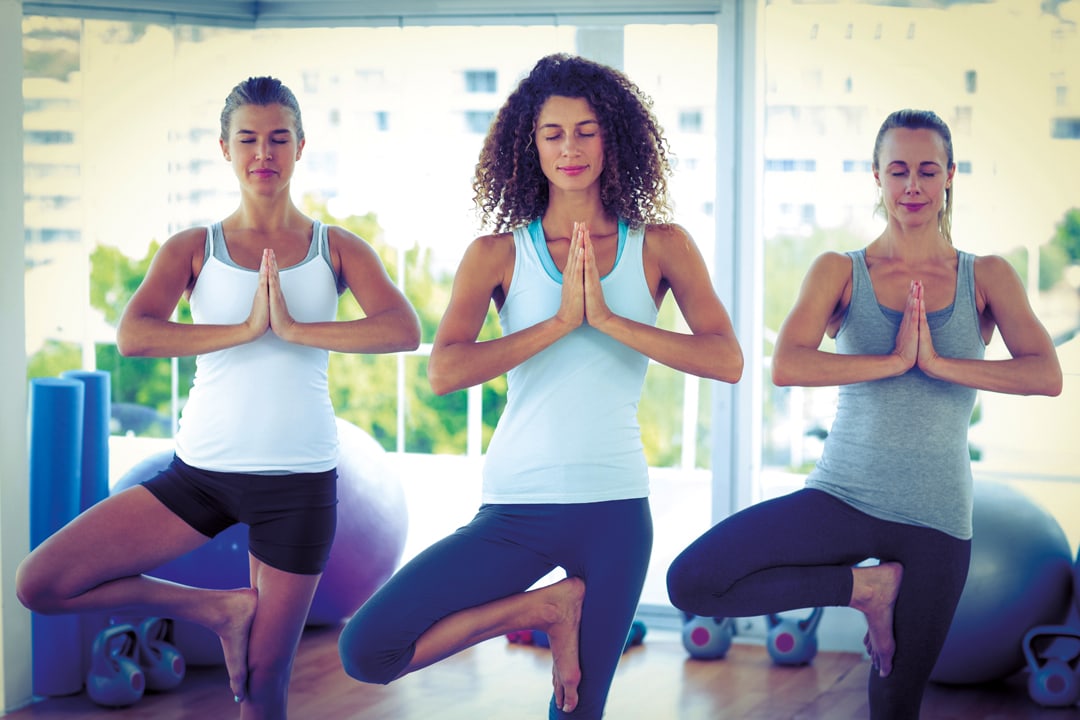
Proprioception and yoga
Why every student of yoga should explore proprioception. By Sarah Highfield
What is proprioception? Proprioception is a term you may have increasingly heard thrown around by doctors and health professionals when referring to ‘body awareness’ — but what exactly does it mean and how does it affect you?
It is often referred to as the body’s sixth sense after sight, sound, smell, taste and touch. In short, it is a sense which helps inform your body where it is in space and the simplest example of it in action is when you close your eyes and touch your nose…after all, how does your finger know where your nose is?
Other familiar examples are when you play the piano (without having to look at your hands on the keys), throw a ball (without having to look at your throwing arm), and of course, practice yoga (without having to constantly look at all of your limbs).
Our bodies are full of sensory receptors called proprioceptors, which are found mainly in our muscles, tendons and skin. These sensory receptors receive stimuli from within our body that respond to position and movement.
Seasoned yogis have a highly developed sense of proprioception as it is a natural extension of being extremely aware of the body and its sensations. Practicing yoga requires proprioception as you move from pose to pose, maybe standing on one leg in warrior 3 and then opening your hips to the side, before transitioning into half moon and lifting your back leg up high.
You are effectively staying upright, whilst often balancing on one leg, stretching out your muscles, and moving your centre of gravity around – without a sense of proprioception, you would certainly fall flat on your face!
Examples of proprioception in yoga
Have you ever practiced a triangle pose and without thinking, by simply knowing where all your body parts are in relation to one another, automatically pulled your torso back in line with your hips, lengthened your spine, and stretched broadly across your chest?
This, here, is proprioception in action, as you sense your way into the correct alignment without going off balance.
A simpler example is when you step back from the front of your mat into a high lunge without looking down at your feet. Your body instinctively knows its location, movements and actions, which means you can confidently step back freely without falling over.
A different example is when you pick up a yoga block: you know roughly how much it weighs, thus the proprioceptors in your muscles will automatically know how much strength to use in order to lift it, and you do this without a second thought.
Every yoga pose will challenge your sense of proprioception to some degree.
Even in the poses which you find are more natural and easier to do, you can still experiment further by practicing in a new environment, on a different surface (grass, sand, thick carpet), or simply by closing your eyes.

How to improve your sense of proprioception
If you are new to yoga, you can start with a simple balancing pose such as tree pose, using props or a nearby wall to help you stay steady. If you are already comfortable with this, challenge yourself by looking up towards the ceiling, closing your eyes, or rotating your torso sideto-side.
If you are more experienced with yoga, play around with arm balances such as crow pose or grasshopper pose, where you need to have particularly good control over both your strength and balance.
If arm balances aren’t for you, find a new yoga pose that you haven’t done before, which will test your muscles and what they already know. Alternatively, practice yoga in a new space that you aren’t familiar with, or on a contrasting surface to what you are normally used to, which will force your body to adjust.
Finally, maintaining your proprioception and sense of balance as you age is essential. If you are not convinced, according to Public Health England statistics, people aged 65 and over have the highest risk of falling, which can lead to serious injury or worse. The numerous balancing poses in yoga provide the perfect challenge for developing your proprioceptive receptors, which will help to keep you healthy and stable as you grow older.
Born in Hong Kong and based in London, Sarah Highfield is a yoga teacher and writer. She is the founder of Yogagise Yoga and believes there is a style of yoga for everyone. For more information visit: yogagise.com or follow her on Instagram @yogagise




